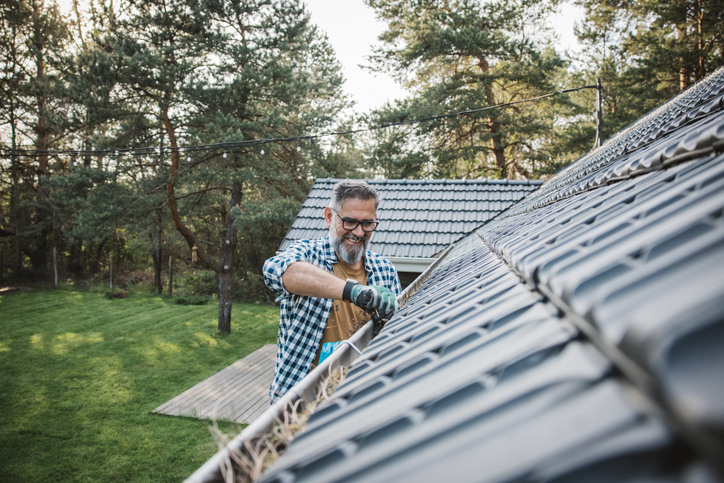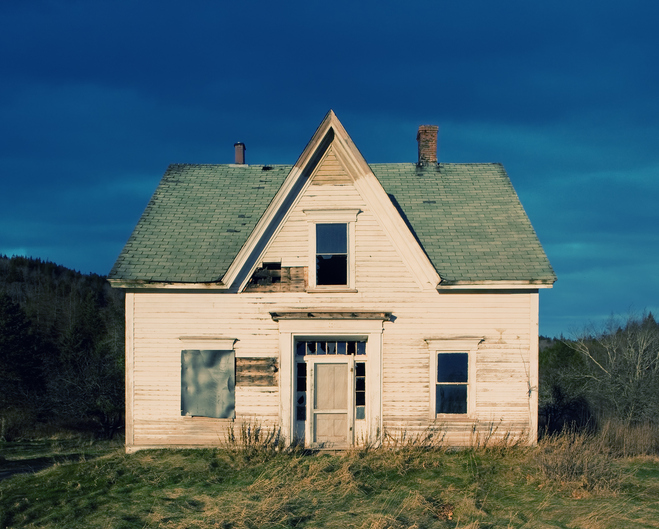The percentage of young adults ages 18 to 34 living with parents or parents-in-law has risen sharply since the late 2000s, according to the most recent American Community Survey.
In 2012, one in three young adults, ages 18 to 34, lived in the homes of their parents or their parents-in-law. In 1990 and 2000, only one in four young adults lived with parents.
“Young adults aged 25 to 34 traditionally represent about half of all first-time home buyers,” notes the National Association of Home Builders® (NAHB) in its blog. “Their delayed willingness and ability to leave parental homes and strike out on their own undoubtedly contributed to suppressing housing demand further during the Great Recession.”
According to NAHB, rising college enrollment among younger adults ages 18 to 24 helps explain their increased preferences for not leaving parental homes. The majority of adults in this age group, 52 percent, attended school or college in 2012, compared to 45 percent in 2000 and 43 percent in 1990.
The NAHB also found that states with the largest unemployment rates tend to have the most young adults living with their parents. However, even as unemployment rates began to decline, the percentage of young adults living at home remains high in states such as California and Florida.
Meanwhile, the District of Columbia – known for having a stable job market – and North Dakota have some of the lowest percentages of young adults living at home, both under 20 percent.
Topics
Member Discussion
Recent Articles
-
New Construction Homeowners Take on More Maintenance
- April 8, 2025
- 2 min. read
Homeowners of new construction homes spend more on maintenance, complete more seasonal maintenance and feel more prepared for natural disasters, according to a survey by Hippo.
-
Is Gen Z’s Debt Preventing Homeownership?
- April 7, 2025
- 2 min. read
Of all generations, Gen Z has the highest average personal debt of $94,102, according to research from Newsweek.
-
Nearly 6.5 Million Homes Classified as Inadequate in 2023
- April 4, 2025
- 2 min. read
In 2023, 6.45 million homes, equivalent to about 5% of the U.S. housing stock, were classified as inadequate. Of those, 1.65 million were severely inadequate.
Daily Emails
You’ll be the first to know about real estate trends and various legal happenings. Stay up-to-date by subscribing to JustListed.



